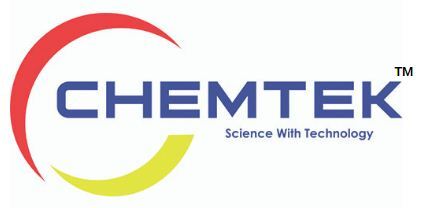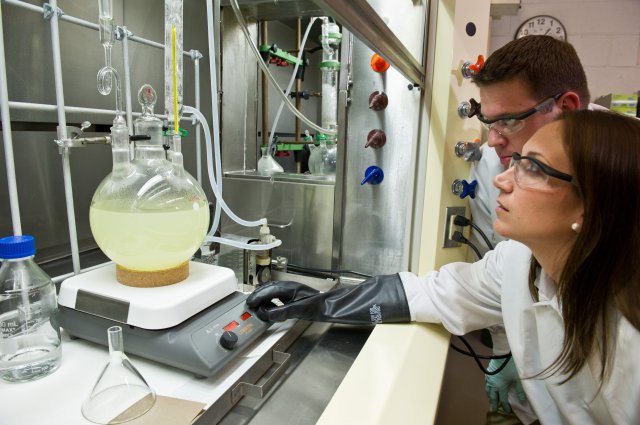Challenges of scaling up production from grams to kilos
Process chemists will get a process or a readymade one from either the company or from the literature. Usually, it has been done at a relatively small scale and it has very often been done by a medicinal chemist who has been making the compound for their research efforts.
They are not worried about the chemistry that’s used, all they are interested in is getting the molecule and testing it to see if it has the right biological effect. They generally use expensive reagents or select a route that is quite complicated as long as it gives them the product in the end. So very often it is not possible to scale up a medicinal chemist process, because it might be unsafe to do so. A lot of medicinal chemists will do what called one reactions, where you add all of your input reagents in a pot and then you heat it up. If you get an exothermic heat generated in that reaction, it is such a small scale they can usually manage it.
But one can’t do that on a large scale if you put all your molecules together and generate a large amount of heat it can be very dangerous. So, you have to look at the chemistry that has been done and see the route of synthesis if that can be scaled up safely. It usually thinking about making things safe, robust andrepeatable. One of the things we tend to do is not use the latest reagents. Very often, something more traditional is the better approach than the latest trendy reagent, which has perhaps caught the medicinal chemist's eye. So we tend to try and make things as efficient aspossible. Quite often a medicinal chemist will use things on a stoichiometric basis, so they use one reagent for one molecule on a one-to-one basis.
When you scale it up, you try where possible to use a catalytic amount of one material, so you tend to use catalysis more than you do in medicinal chemistry. Taking the reactions that work perfectly at the laboratory level and scaling them up to the manufacturing level is not a simple, linear process. Nothing ever scales linearly. You never get to take a product at 5 g and then do it at 50 g and have it work the same way, and all the more so when you are moving from 50 g to 5 kg,"
"New problems always arise that you cannot anticipate. No process chemist ever gets an easier process when they take it up in scale; there are always things to be overcome."
Even more significant in the scale-up equation is the fact that most of the new drug molecules coming out of discovery these days are chiral."Developing asymmetric technology that will work at scale is one of our biggest challenges today." A lot of the
asymmetric technology developed in pharma, as well as in academic labs, is quite difficult from a scale-up perspective because the performance is affected by the scale-up itself.
Another big scale-up challenge involves polymorphism. Scientists must produce a consistent particle size for the formulated product; if it's irregular or different, that can change the drug manufacturing process.
If the API- an active pharmaceutical ingredient in the compound is not consistent in its particle size distribution, it can become a significant problem."You want to develop a crystallization
process that gives you the same particle distribution and polymorphs at scale. To some extent, these are challenges that have remained the same for as long as there has been bulk manufacture of pharmaceutical compounds.
The longer it takes a company to address its scale-up problems, the more expensive it becomes and the longer it is before a drug is successfully brought to market.
That's the big challenge in scale-up today, which has also been the biggest challenge for the past 30 years and probably will be 20 years from now as well," says a big MNCs scientist. How do you scale up production as quickly, cheaply, and safely as possible?



